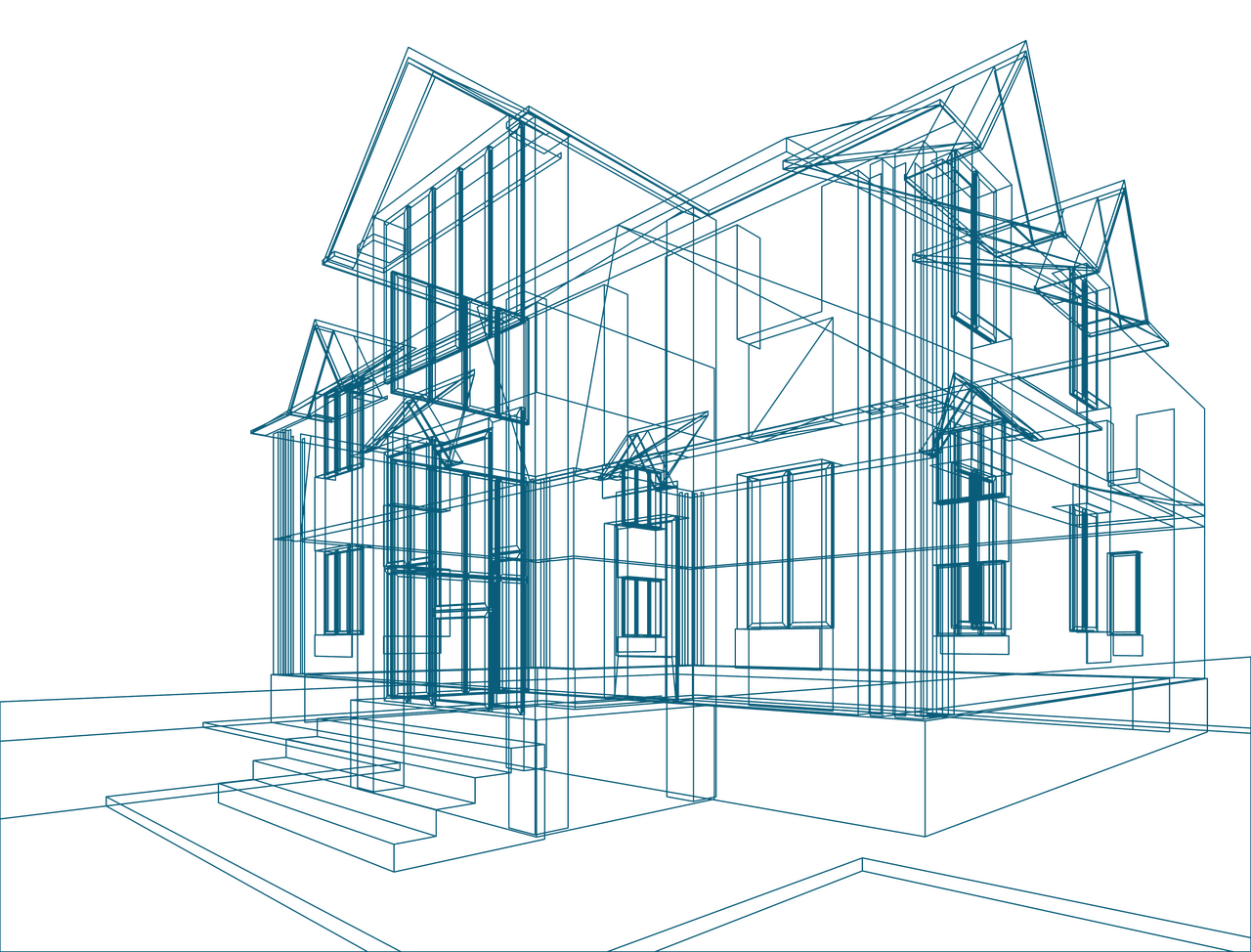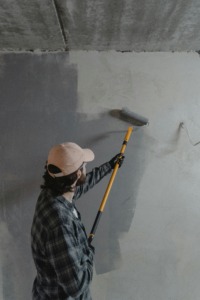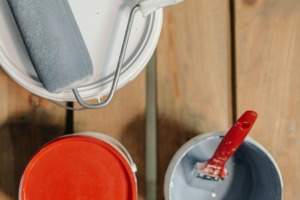

Market report
Innovation in The Painting Industry
Gain valuable painter insights with the Painter Insight Monitor market report from USP Research. Stay informed about the latest trends and developments in the industry. Visit the link for more information.
Blogs I published 04 June 2025 I Dirk Hoogenboom
The Labor Wall – Why Europe’s Painters Need Innovation?
Let’s say you’re in charge of a straightforward interior refresh. The client’s on board, the budget’s approved, you’ve got materials ordered. All you need now is someone to apply the paint. The first call is booked out six weeks. The next one might be able to squeeze you in, but it’ll cost extra. The third one simply isn’t taking new clients for the time being.
By now, virtually all parties – constructors, painters, homeowners – are familiar with this cycle of scrolling through local pros and seeing long wait times, high rates or limited availability. It’s not a dip. It’s certainly not seasonal, nor is it happening just in your area. The European paint industry faces a serious labor problem that’s changing how business gets done, be it on the job site or through the supply chain. Let’s look at things up-close.
Europe’s Workforce by the Numbers
If you’re struggling to find people, it’s not your networking; the industry is generally running low. This lack of skilled labor among painters has been on a steady climb since 2020.
The data from European markets shows a consistent pattern: in 2024, over 89% of painters in the Netherlands and 86.7% in Germany reported a shortage of skilled labor. Spain wasn’t far behind at 84.6%, Poland lingered around a 70% benchmark, while the rest hover at about 60%. Even in France – an apparently less-impacted market – 43.5% felt the strain. The sole idea that a reported shortage of almost 50% could be considered good news – or less alarming news – illustrates the severity of the situation.
Who Is Doing the Work?
This labor shortage isn’t a recent blip due to demand exploding overnight, which in turn saturated an unready market. It’s a structural thing. And while age might be just a number, looking at the market – it’s quite the number. According to recent data, the average age of a Dutch painter is 51. Germany and the UK? 50. The “younger” countries, Italy and Spain, range from mid-to-late 40s. Most of our painters are, in other words, an older workforce.
The share of Gen-Y painters is increasing, but this doesn’t mean more of them are entering the profession. It means that we’re, rather, seeing a transition in the overall makeup. Baby boomers – who still make up a significant portion of the workforce – are gradually retiring, and this outflow is reshaping the overall profile of European painters. This is a profession people are aging out of, not growing into.

The Impact of Labor Shortages on the Painting Sector
The effect of fewer available paintbrushes across Europe are rippling out. Meanwhile, jobs aren’t slowing down. People want things painted. Houses, offices, renovations are steady. But there’s no one to roll, spray or brush paint onto the walls. So things stall. Prices rise. And contractors, suppliers, distributors, all start feeling the pressure. It’s not that the industry lacks ambition for growth. What we’re really seeing is an incoming capacity ceiling. You can only deliver when you have people to execute. And right now, we don’t have enough people.
Paint companies are still pushing product, but more of it is sitting in storage or waiting for projects to be scheduled. So the bottom line sounds something like: the orders are there, but the manpower isn’t.
DIFM vs. DIY
There are rumors about a DIFM comeback, but make no mistake, DIY is still very much ahead, and holding steady. Hired work may be stabilizing humbly, but as of 2024, 60.7% of home improvement work in Europe was still being done by the homeowner.
We are, nonetheless, seeing post-pandemic momentum in DIFM. Customers do want to pay someone else to do the work. Whether it’s for speed, quality or convenience, the inclination exists. And while this may sound like good news… considering there’s no one to actually get on the job – or the ones that are are vastly overpriced – tensions between an increasing demand and a shy supply will continue to rise, heavily favoring DIY.
Outsourcing Has Changed Too
Precisely because painters are in short supply, more and more jobs are getting passed on to jacks of all trades, meaning:
- more work is going to acquaintances (up from 19% to 29% overall)
- more is being handled by light handymen
- some customers are even trying to do the job themselves
And here’s the thing: none of these categories mean bad workers. But they’re not trained painters. So, we’re actually seeing a coping mechanism mitigating the offset work. More people are outsourcing, but not as traditionally. As a result, DIFM is diversifying. But DIY reigns supreme.
Innovation Or Stagnation?
If the labor problem isn’t going away – and it isn’t – what can be done? Innovation has to lead the way. In construction, there are plenty of avenues for innovation; think modular building, automation or robotics. But in painting sectors? The options seem fewer, because they are. A spray machine instead of a brush is a step up, but also feels like not much else can be done.
The challenge is also that this specific group – established pros, older tradespeople – often resists change. Painters aren’t likely to drive innovation forward. Meanwhile, handymen and general contractors are already stepping in to fill some of the labor gaps, but they’re not a limitless resource either. Some work is also leaking into the grey market – unregistered labor, cash jobs – but that’s not a viable solution because of legal risks, channels being stretched thin as is, and scalability.
So, where is the opportunity? It’s in product development and smart innovation. It’s in making tools, materials and systems that reduce the need for skilled labor. It’s in prefab, training, digital platforms, spray-on, upskilling, automation…

Conclusion
By now it’s clear that the current labor shortage isn’t a staffing issue that we’ll get around to, but a break within the value chain. The way we’ve done things is only going to get harder as construction demand ticks back up in 2025 and further.
The traditional pipeline isn’t refilling, and there’s no reason to expect that it will anytime soon. There’s no silver bullet, but the ask isn’t too complicated either. The way forward has to do with changing how we work: smarter products, easier application, broader user bases and realistic expectations about who will do the work and how.
For a deeper look at practical strategies, don’t miss our upcoming webinar. We’ll cover all the current data you need, product implications and advice to staying ahead.






